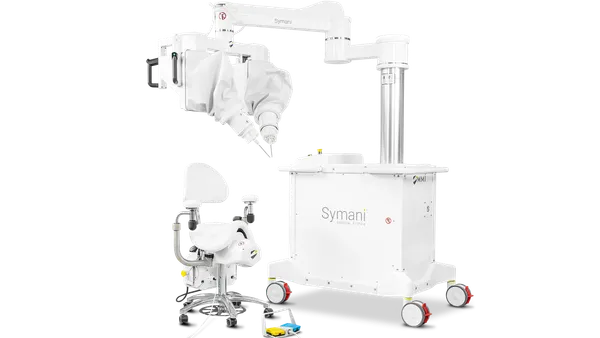Dive Brief:
-
The FDA released final guidance on Wednesday on the use of electronic health record data in clinical investigations, intended to address barriers to the use of real-world data, including the lack of interoperability between EHR and electronic data capture (EDC) systems.
-
If successful, the guidance could expand the sources of data available to clinical trial sponsors, enabling them to build a truer picture of the safety and efficacy of their products.
-
Industry groups including AdvaMed and BIO were broadly supportive of the draft guidance. That final version affirms the FDA's backing of open data to remove interoperability barriers and details the quality management actions sponsors should take to ensure EHR data flows into EDC systems.
Dive Insight:
Digitization of health records has opened up new avenues for clinical research. Rather than rely solely on results gathered by study investigators, sponsors can use technologies to pull in information from clinical notes, physician orders, pharmacy records and other sources of routine health data. Use of these data sources could provide real-time insights into how patients respond to medicines, or enable long term follow-up of large numbers of people.
However, in reality EHRs have yet to deliver the anticipated clinical research benefits. The disconnect between an uptick in the use of EHRs and their application in clinical research reflects a lack of standardization, barriers to interoperability and frequent use of free text fields.
The FDA wants to help address some of the issues. In 2016, the agency published draft guidance that discussed the need for interoperability between EHR and EDC systems, plus best practices for using health records in clinical development programs. Now, after analyzing the 38 sets of comments on the draft, the FDA has finalized the guidance.
Device and drug trade groups including AdvaMed and BIO were broadly supportive of the FDA’s draft but the agency has nonetheless made significant changes to the text. The final version covers roughly the same ground as the draft but is structured slightly differently. Notably, the FDA has subdivided parts of the document including the section on interoperability, which now features subheadings on data standards, structured and unstructured data, validation and data from multiple EHR systems.
In dividing up the interoperability section, the FDA has provided extra details on its expectations. The final guidance affirms the FDA’s support for the use of open data standards to remove barriers to interoperability, and details the quality management actions sponsors should take to ensure EHR data flows into the EDC system. The guidance also discusses best practices for using EHRs in clinical trials.
The finalization of the guidance means the industry now has a blueprint for how to incorporate EHR data into clinical development programs. Whether that helps to bring down the barriers to the use of EHR data remains to be seen.









